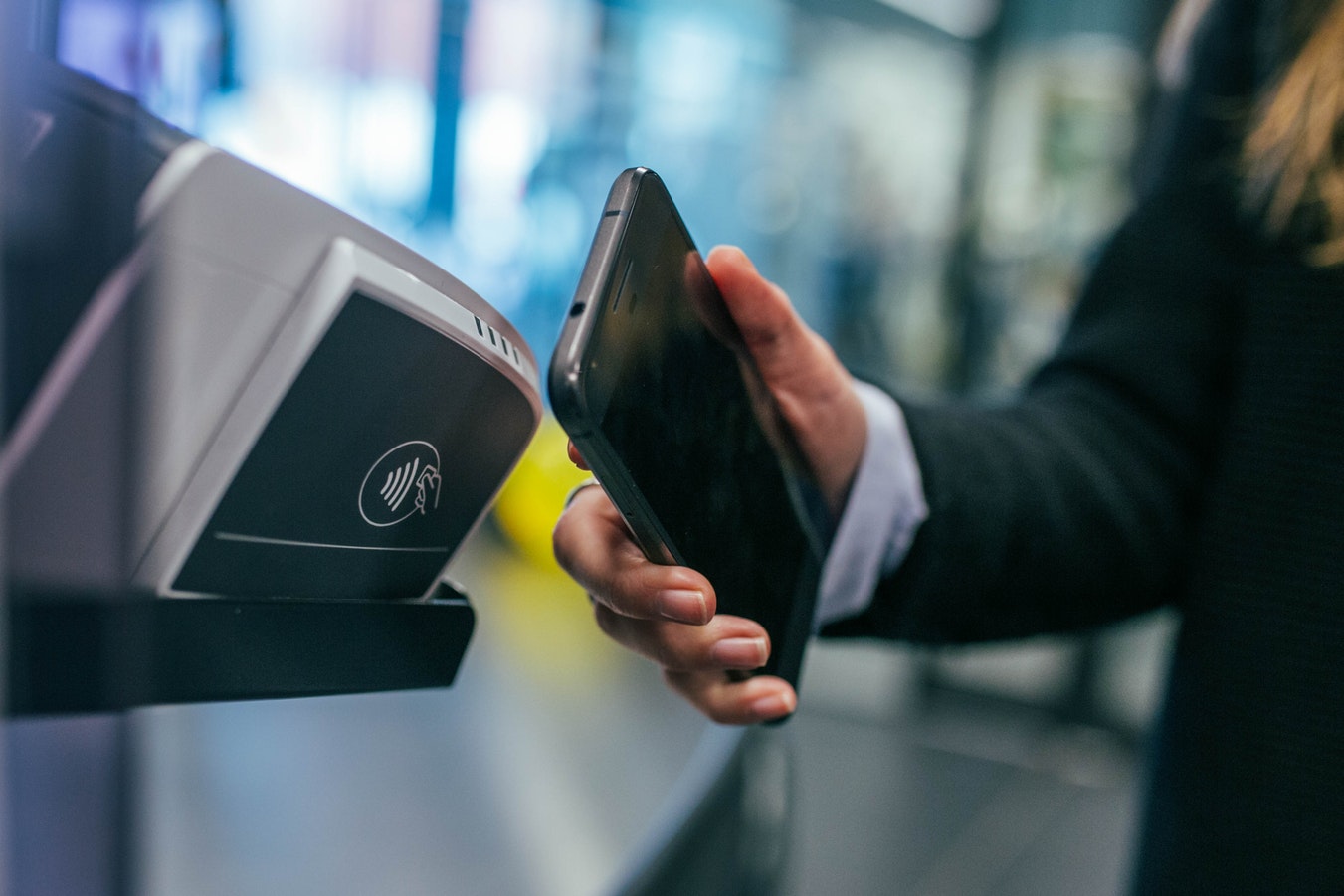
2018 is set to be a game-changer for retail banking in the EU. The Second Payment Services Directive (PSD2), which took effect on January 13th, has the potential to disrupt every aspect of the industry.
While there are understandably apprehensions about the outcomes of this new regulation, like its predecessor PSD1, PSD2 is likely to catalyse innovation and startups. Ten years from now we will no doubt look back and see it as an enabler, for unicorns[1] and for transformation of firms which are already well-established. All key players will ultimately benefit from it.
The Drive to a Single Digital Market
For a start, PSD2 will drive the European Economic Area (EEA) towards a single digital market with a common structure and legal framework as the basis for receiving and making payments.
Though the regulatory framework mandated by PSD2 will mainly impact online, we are already seeing retailers in the Nordics having to adapt their in store environments to support both card and instant payment at the checkout. In Sweden, just 1% of the value of all payments were made using coins or notes in 2016. Small retailers make use of home-grown portable technologies which enable everyone, including market traders and charity workers, to take payment cards easily. In Norway, MobilePay boasts more than 3.5 million users and is installed on 90% of consumer smartphones in Denmark—making it the country’s most popular app after Facebook and Facebook Messenger.
Innovation is the New Norm
We are already seeing exciting innovations which allow consumers to seamlessly integrate payments into their everyday technology, and PSD2 needs to be seen in context with these innovations, including Instant Payments, Open Banking and peer-to-peer payments.
For example, Facebook recently introduced peer-to-peer payments on its Messenger app in the UK – just one of many ways we will see companies making payments more efficient for consumers, by skipping out the hassle of exchanging bank details and having to carry out the payment transfer in a different app. [2] Combining the power and ubiquity of smartphones with much more powerful and capable technology instore, and we’ll certainly see more, and faster, innovation.
For merchants, the technology enabling PSD2 has already enabled improved services within payments. Two examples of this are the rise of contactless payments and mobile solutions. These innovations have arisen to meet the demands of tech savvy merchants and consumers who are asking for financial service offerings that are faster, less formal, more personalised, easy accessible and cheap.
A Second Look for Banks
Some banks are definitely looking at PSD2 defensively, which is understandable since they’ve been besieged by regulation over time. Open Banking is also mandated by PSD2 and means that non-banks will have access to the same data as banks, so they can provide similar payment services which they couldn’t before. But instead of fearing the competition or the cost to comply, banks should figure out how to capitalise on these changes.
PSD2 creates opportunities for new bank consortiums and partnerships to form and it’s up to the key players to determine their roles and leverage these partnerships. Disruption drives innovation, and PSD2 is going to create ample opportunities to develop new payment technology. This will of course come with a transition period where all systems will need support. With technology such as MobilePay and AliPay, Verifone already accepts any payment type – providing a platform that enables innovation by handling all form factors and shielding clients from chaos during the transition period.
Ultimately, success in retail payments is always going to be measured in adoption by consumers, but the foundations for a range of different consumer experiences and retailer economic models are now in place. I am excited that PSD2 is creating disruption and believe the payment industry leaders will rise to this new challenge.






